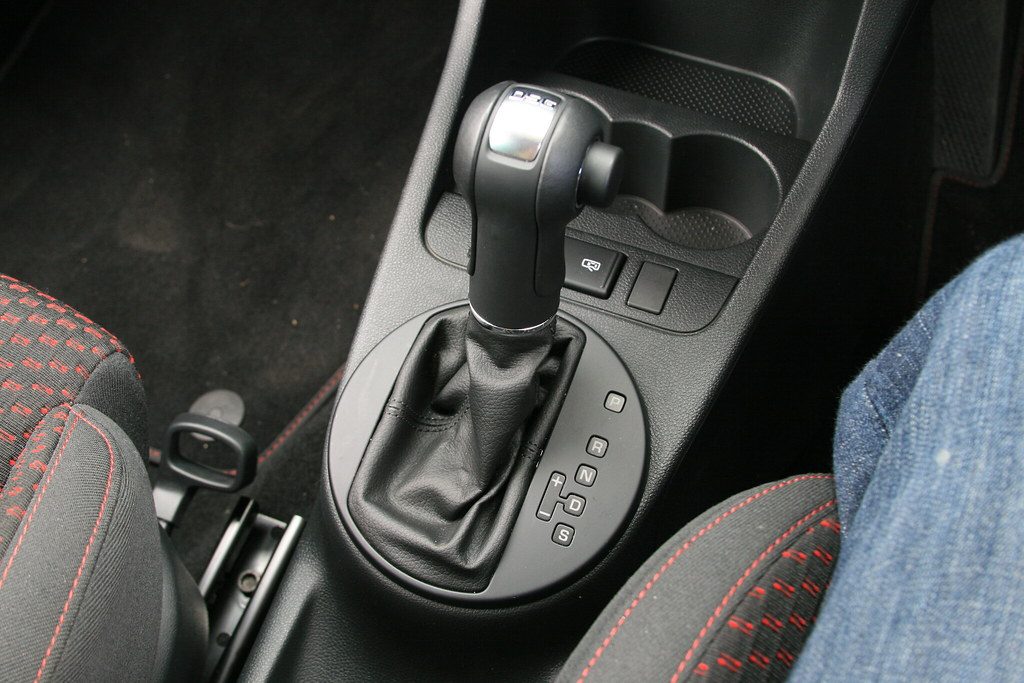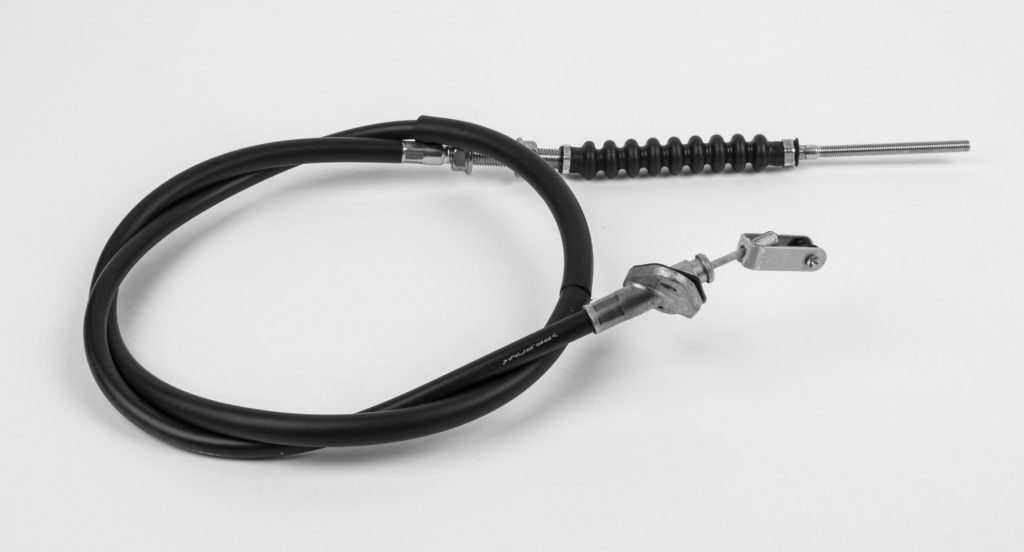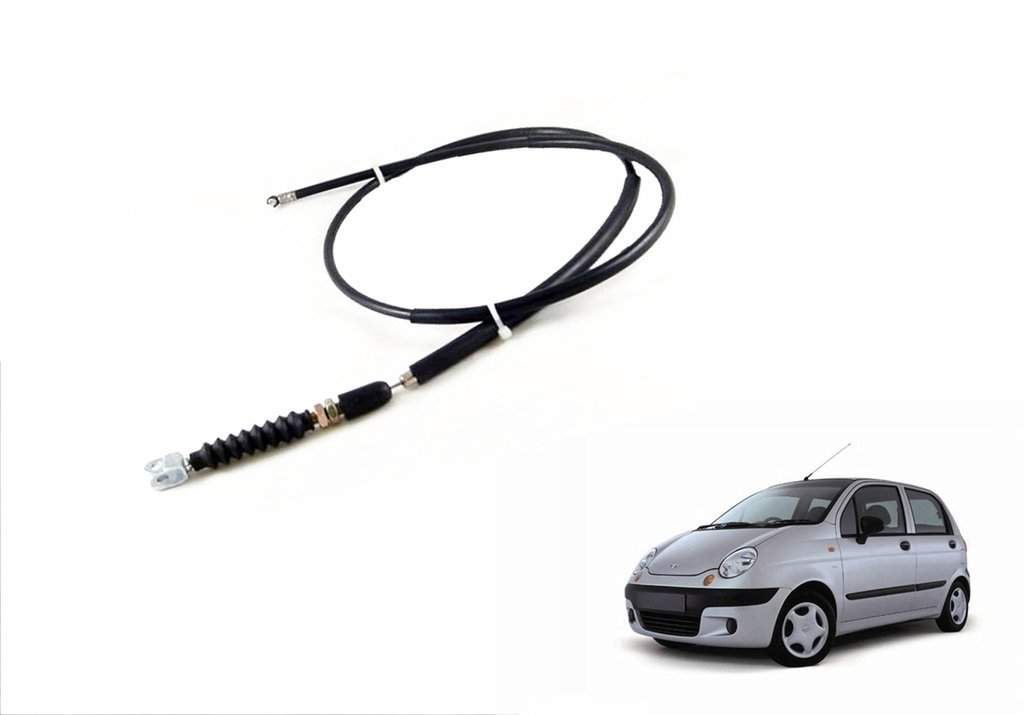In general, the transmission function of a car includes all the components involved in the routing and transformation of the rotational movement from the engine to the driving wheels. The transmission involves an essential part, namely the clutch cable. The clutch cable is the element that allows you to shift gears in your car. How does it work? This post covers everything you need to know about clutch cable.
Definition of Car Transmission

It is the kinematic chain from the force delivered by the engine to the wheels passes through:
– the engine flywheel;
– the clutch;
– the gearbox, which adapts the rotational speed and engine torque according to the driving conditions (starting speed, rising speed, and vert high speed);
– the differential bridge whose primary function is to differentiate the speed of each wheel.
Definition of Clutch Cable
The clutch cable is an assembly composed of a metal cable inside a sheath: it connects the clutch pedal to the clutch fork.
When you press the clutch pedal, the clutch cable connected to the fork presses or pulls on the stop, which in turn exerts a pressing force on the mechanism to disengage the engine movement of the gearbox; you can then engage your gear, without risk of cracking the gearbox.
There Are Two Types of Clutch Cables:
Manually Adjustable Cables

The brake mustn’t be in constant contact with the mechanism to avoid premature wear of the mechanism and the clutch disc.
It is, therefore, necessary to leave a functional clearance: it is the manual adjustment with nut and lock nut, which allows the cable length to be varied. This clearance is approximately 2 to 3 mm at the cable and 1 to 2 cm at the pedal.
This system requires systematic checks of the adjustment during service checks.
Cables with Automatic Adjustment or Constant Clearance
Manual adjustment is eliminated and replaced by automatic adjustment to reduce maintenance.
The principle is based on a ratchet system associated with a spring: when the pedal stroke changes, the ratchet locks to the next detent and restores the intended clearance.
The automatic catch-up system is placed either on the clutch pedal or directly on the cable.
Types of Clutch cable
Hydraulic Clutch Control
It is not strictly speaking a new technology, but it is gradually replacing the cable. Its advantages are its lack of maintenance and its constant smoothness over time, despite a higher price when changing parts.
Robotic Control
It is a traditional mechanical gearbox, but whose controls are robotized.
The clutch control consists of an electro-hydraulic or hydraulic actuator that no longer requires manual disengagement; the clutch pedal itself disappears!
Clutch Cable: Risk of Failure
It is the most common problem: the cable failure prevents gears from shifting, and then you have a vehicle break down.
Cable seizure
In the case of cable seizure, you have to apply more and more effort to the cable: this seizure is often due to the breakage of the sheath and water infiltration.
Tip: grease the cable, provided it is not lined with Teflon® else you will need to replace it.
Hope the above helps you out. Remember to share your views in the comment section below!


1 comment
[…] Everything You Need to Know About Clutch Cable; […]